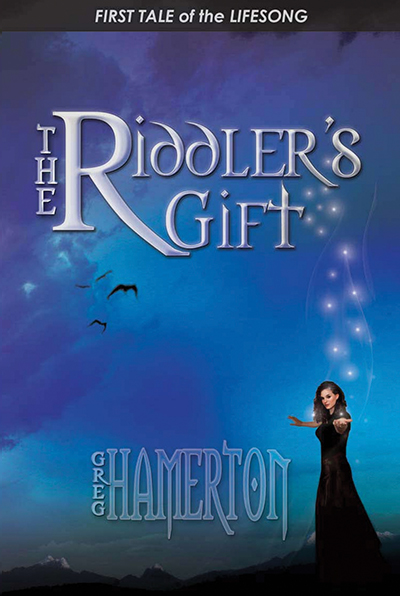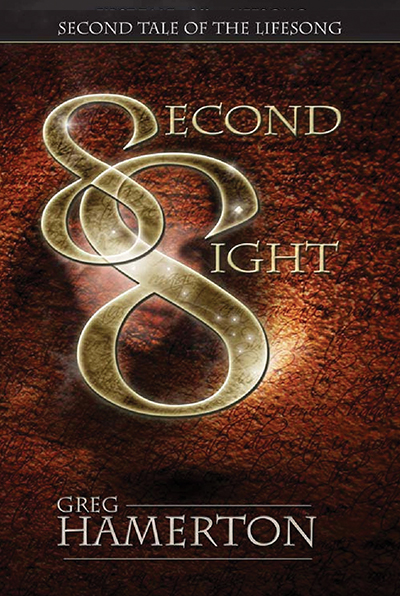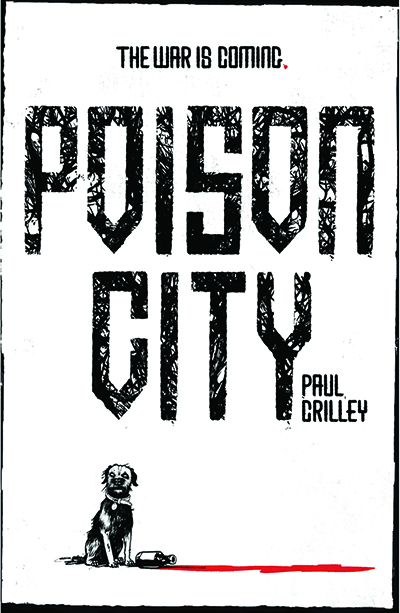Books for
the long road
Scifi noir (Part II)
Part two of By The Way’s focus on South African sci-fi noir features two
writers who are both excellent exponents of the eerie, the imaginative and
magical worlds of science fiction and fantasy.

Greg Hamerton
Hamerton is a South African who moved to London and a man with the letter M on his mind: maps, magic and mayhem. He is a graphic designer and paraglider and apparently his stories come to him while he is eagling over mountains and valleys.

The Riddler's Gift:
Fist Tale of the Lifesong
Hamerton’s books are The Riddler’s Gift: First tale of the Lifesong and its sequel, Second Sight: Second Tale of the Lifesong.
The Riddler’s Gift introduces the world Eyri. Eyri is darkened by a shadow creeping over it and snuffing away light, freedom and humanity. Our protagonist is Tabitha, and as she and her family are attacked by this darkness, she fights back with two weapons: her dangerous legacy and The Riddler, who is her companion. But can the Riddler be trusted?
She seeks answers while fleeing from dangers. And as she is shadowed she sustains herself and the life around her by singing the Lifesong. Could this song stop Eyri from changing and the perils of the impeding darkness?
Hamerton’s world is wonderfully imagined and although Tabitha is
the central character, it is The Riddler who steals the limelight. Tabitha is young and vulnerable and feisty, but the darkness keeps her off-balance. It is the old battle of Good vs Evil – but in a new, entrancing package: Not All-Evil and Not All-Good.

Second Sight:
Second Tale of the Lifesong
The beautiful stanzas of the Lifesong continue in the second tale of the paranormal. We are again intrigued by Hamerton’s twists and turns and his fast-paced suspense. The second tale brings justice and forgiveness and love and beauty to the fore.
Here the author presents a more chaotic world. Tabitha is confronted by vast dangers beyond Eyri. And her opponent is The Sorcerer. He does not believe in magic and those who practice it. He hates everything and only wants to destroy. The reader is taken on a roller-coaster ride of action, youthful fortitude and mixed emotions, characters who are off-balance but growing in knowledge of this nightmare they face.
Paul Crilley

Poison City
The war is coming
Crilley adds humour to his wild imaginings. He is a South African whose writing reminds one of Jim Butcher and Tolkien. His main characters even include a spirit guide dog who can talk and whose alcoholic hijinks feature prominently in Crilley’s mad fictional world.
Crilley produced real page-turners with his two Delphic Divisions. In both books, the hero, Gideon Tau (aka London), is an occult investigator for the South African Police (imagine!). But his private life revolves around two things: catching his daughter’s murderer and then taking his revenge.
And in his own words, London has two friends. His boss, Armitage “a DC from Yorkshire who looks like my mother”, and his dog, his magical spirit guide: “He talks. He’s an alcoholic. And he is a mean drunk.”
Non-human beings abound in this urban vision of South Africa. In the first book, Poison City, London’s rather mundane work life is changed when he is called out to the murder of a ramanga. For those in the know, a ramanga is a low-key vampire and London sees real CCTV footage of the killer – it’s the face of his daughter’s killer!
Crilley’s drunkard dog character claims most of the laughs in this novel.
His literary world is steeped in action and the supernatural, of which ordinary South Africans are obviously unaware. Fae, vampires, demons, gods all boast descriptions that lack no detail. They are horrendously portrayed, in all their gruesome habits. Gore abounds in the graphic fight scenes and lovers of the genre will not be disappointed.

Clockwork City
The Second Division comes under the heading Clockwork City. The police fight through fog and apocalyptic drama to free the city from the beings from the underworld. Fighting is bloody in the battle for territory (from Durban to London) and the fae are not cute little fairies with glistening wings and flowers in their locks. Delphic agents are killed, and the possibility of London being destroyed by an ancient horned god keeps our hero very occupied.
The search for his daughter, Cally, is vividly present in his investigation into disappearing children.
The talking, sozzled Border terrier is carried with London all the way and even warns that if London drops him, he “will unmake him”. When London smirks that the dog does not have the power, he whispers: “Try me.” Both Delphic Divisions are definitely worth a read.